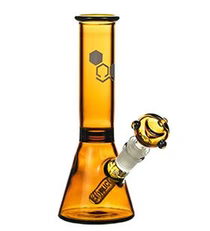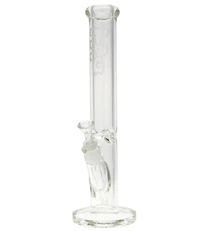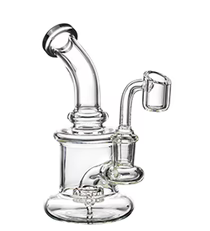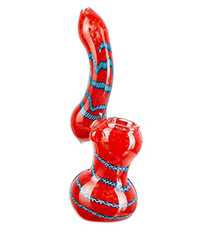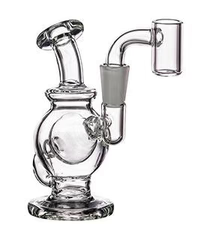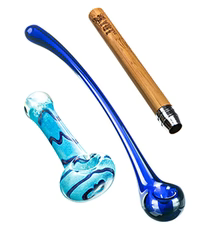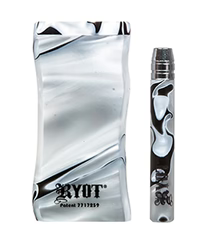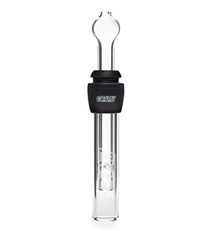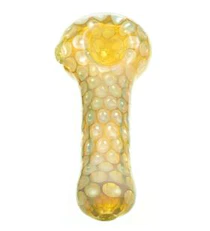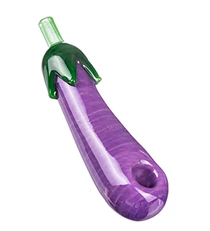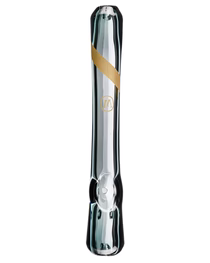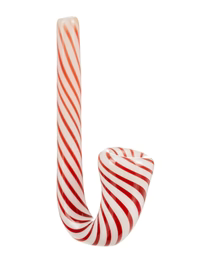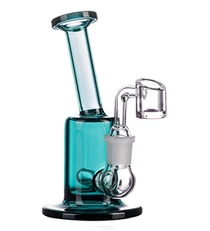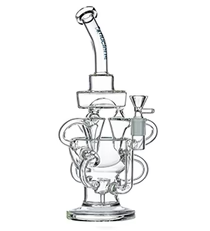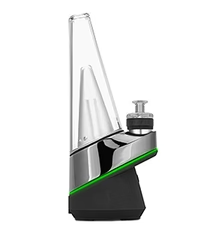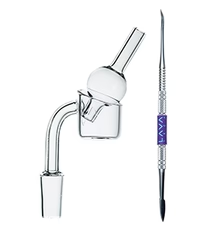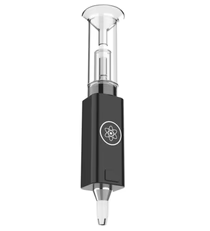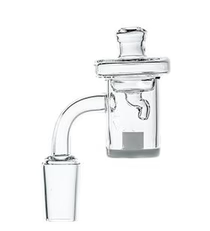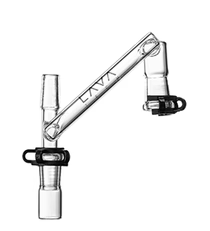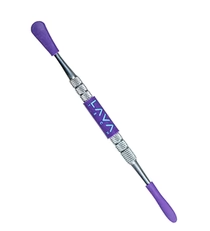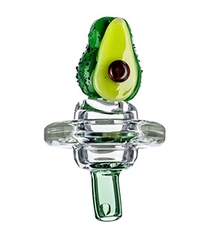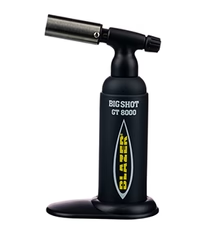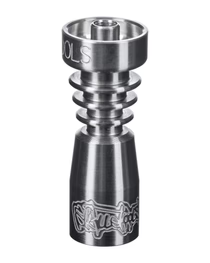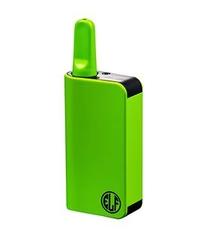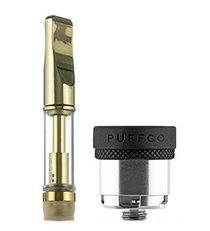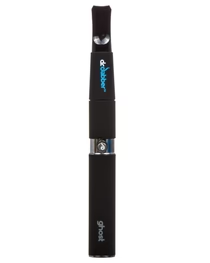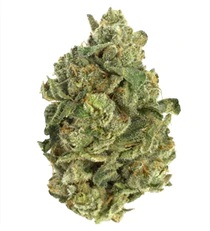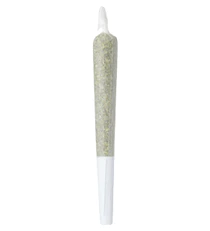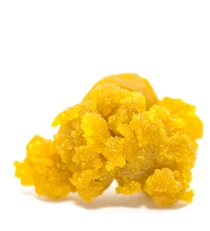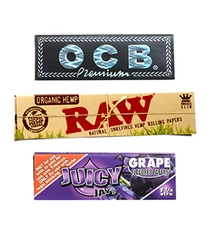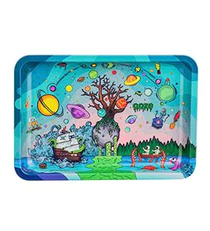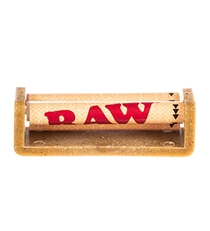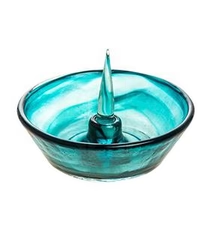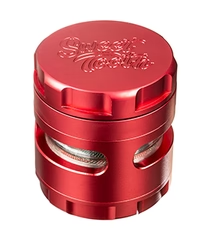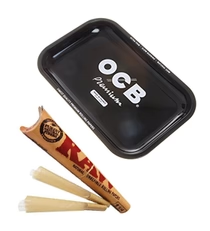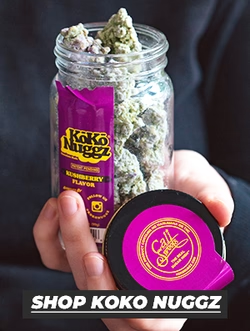
Bongs, whether they are made of scientific glass or bendy silicone, are part of many smoking setups. They’re so universal that it’s easy not to think about where they came from or how they got so popular. But water pipes have a long and storied history that runs its way from thousands of years ago into today’s cultural mix. Bongs have origins in various places across the world, and it’s nothing if not a display of the range of human ingenuity—at least when it comes to smoking.
Where did the word bong come from?
There’s contention among bong historians about where exactly usage began, even down to how the word itself originated.

There is a case that the word “bong” can be traced to the United States during the Vietnam War. Soldiers stationed at the five military bases in Thailand are said to have heard locals calling bamboo water pipes “baung”s. The anglicized version of the word made an early appearance in January of 1971 when a letter was published in a major magazine thanking a man “for the beautiful special bong he made for my pipe collection.”
The findings of British paleoanthropologist Mary Leakey offered a different origin for the word. As Frederick Foote writes in “How To: Bongs,” in the 1940s Leakey found a water pipe in Tanzania, a follow-up to ones used by the Liberian Bong’om tribe (who, naturally, live in a place called Bong).
Early water pipes
As for the origins of bongs themselves, scientists are split. In 2013, excavations in Russia turned up gold bongs used by Scythian tribal chiefs. These bongs were found in something called a kurgan, a mound of soil and rocks placed over a wooden burial chamber. The date on the whole site was put at 2,400 years ago, seemingly the earliest recorded use of water pipes.

Africans smoked with “earth pipes,” which were frequently made of clay and often built into the ground. Varying shapes of pipes were used—some resembling bowls more than bongs—but a common practice was for smokers to fill their “mouth with water, [kneel] down and [draw] in the fumes with long pulls, thus improvising a rudimentary water pipe.” It might not be your typical smoking apparatus, but it seems to have gotten the job done.
Bongs were also used in 16th century China, becoming the most utilized smoking method by the Qing Dynasty in the 17th and early 18th centuries. They were so popular that different types of bongs were developed for different classes: a homemade bamboo one for country folk, a bronze version for merchants and city dwellers, and jewel-decorated silver ones for nobles. Scythian tribal chiefs weren’t the only ones getting buried with paraphernalia: China’s Empress Dowager Cixi was entombed with at least three water pipes in 1908.
The Chinese metal water pipes were relatively unusual, since many early bongs were handmade of readily available natural materials (much in the way that someone might use a water bottle to make a bong today, although certainly less harmful). Bamboo was popular across Asia, while Jamaicans used coconuts and Africans made do with dried gourds (and the ground).
The birth of modern bongs
Washington-based glassblower Cam Tower has been pegged by the Stranger as the inventor of what’s called “the modern bong”—a bong made entirely of a “single fused piece of glass.” It’s unimaginable to think that you could walk into a head shop or look online and not see double-blown water pipes, and Tower is the reason.

Bob Snodgrass, whose glassblowing work is still displayed in galleries, “is credited with developing the glass-pipe-making techniques used throughout the world today while touring with the Grateful Dead in the 1970s and ‘80s.” And it was Snodgrass who taught Tower to make glass pieces in 1993. He took Snodgrass’ design for a water pipe and adapted it into a single glass piece. At first it wasn’t exactly aligned with the bong aesthetic that we’ve all come to know and love, but it was an upgrade from “crude bongs made with a mix of ceramic and glue.” Tower’s first water pipes looked like “hammers,” but within a year Tower got the formula right and began to produce the recognizable upright, “bubble”-based bongs shape. The design quickly spread among glassmakers and made its way into essentially every head shop.
There’s clearly a lot of history to what now seems like a simple and obvious design. It’s taken thousands of years and lots of strange modifications to come to the bongs that we know and love today, and we should be thankful that we get to stay on the couch instead of smoking straight out of the ground with water in our mouths. It’s hard to binge watch television and eat chips outside, after all.

